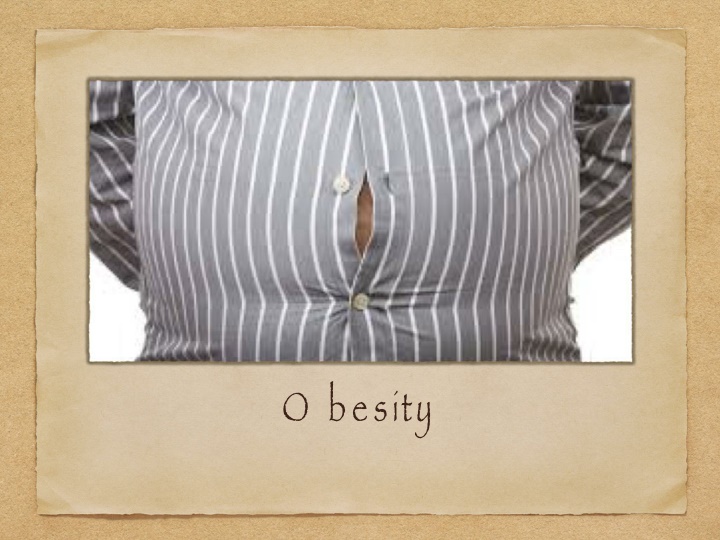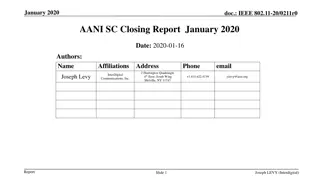
Obesity: Causes, Treatments, and Considerations
Explore the classification of obesity based on BMI, nonpharmacologic therapy options, the role of Orlistat in reducing fat absorption, precautions and contraindications, and the importance of referrals before starting Orlistat treatment for patients with specific conditions. Learn about lifestyle changes, dietary considerations, and potential drug interactions to effectively manage obesity.
Download Presentation

Please find below an Image/Link to download the presentation.
The content on the website is provided AS IS for your information and personal use only. It may not be sold, licensed, or shared on other websites without obtaining consent from the author. If you encounter any issues during the download, it is possible that the publisher has removed the file from their server.
You are allowed to download the files provided on this website for personal or commercial use, subject to the condition that they are used lawfully. All files are the property of their respective owners.
The content on the website is provided AS IS for your information and personal use only. It may not be sold, licensed, or shared on other websites without obtaining consent from the author.
E N D
Presentation Transcript
C lassification N ormal: B M I 1 8 .5 2 4.9 kg/ m2 3 . O verweight: B M I 2 5 .0 2 9 .9 kg/ m2 4. O besity a. C lass I: B M I 3 0.0 3 4.9 kg/ m2 b. C lass II: B M I 3 5 .0 3 9 .9 kg/ m2 c. C lass III: B M I 40 kg/ m2 or greater
N onpharmacologic therapy 1 . Increased physical activity: 2 00 3 00 minutes per week 2 .D ietary options a.S triveforatleasta5 00-kcal/ day deficit. b. 1 2 00 1 8 00 kcal/ day for women c. 1 5 00 1 8 00 kcal/ day for men 3 . B ehavioral intervention 4. S urgery
O rlistat R educed absorption of fat by inhibition of gastric and pancreatic lipases. 1 2 0 mg three times daily during or up to 1 hour after meals G astrointestinal (G I) tract S .e
orlistat should not be supplied if there is renal/ kidney disease, thyroid disease or epilepsy. P atients with chronic malabsorption syndrome and those with cholestasis pregnancy and in women who are breastfeeding.
R eferral to the G p D iabetes, patients with high cholesterol levels and hypertensive patient. before starting orlistat many drugs need to be adjusted such as amiodarone, acarbose, ciclosporin and levothyroxine. T here is an increased risk of convulsions when orlistat is given with antiepileptics. P atients with renal/ kidney disease should consult their G P before us











